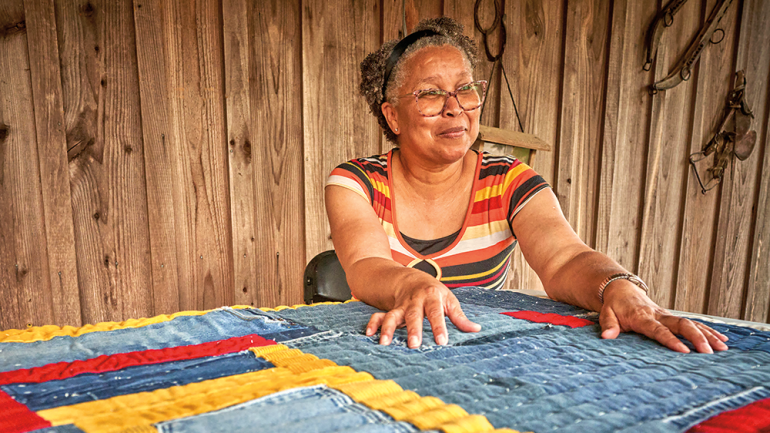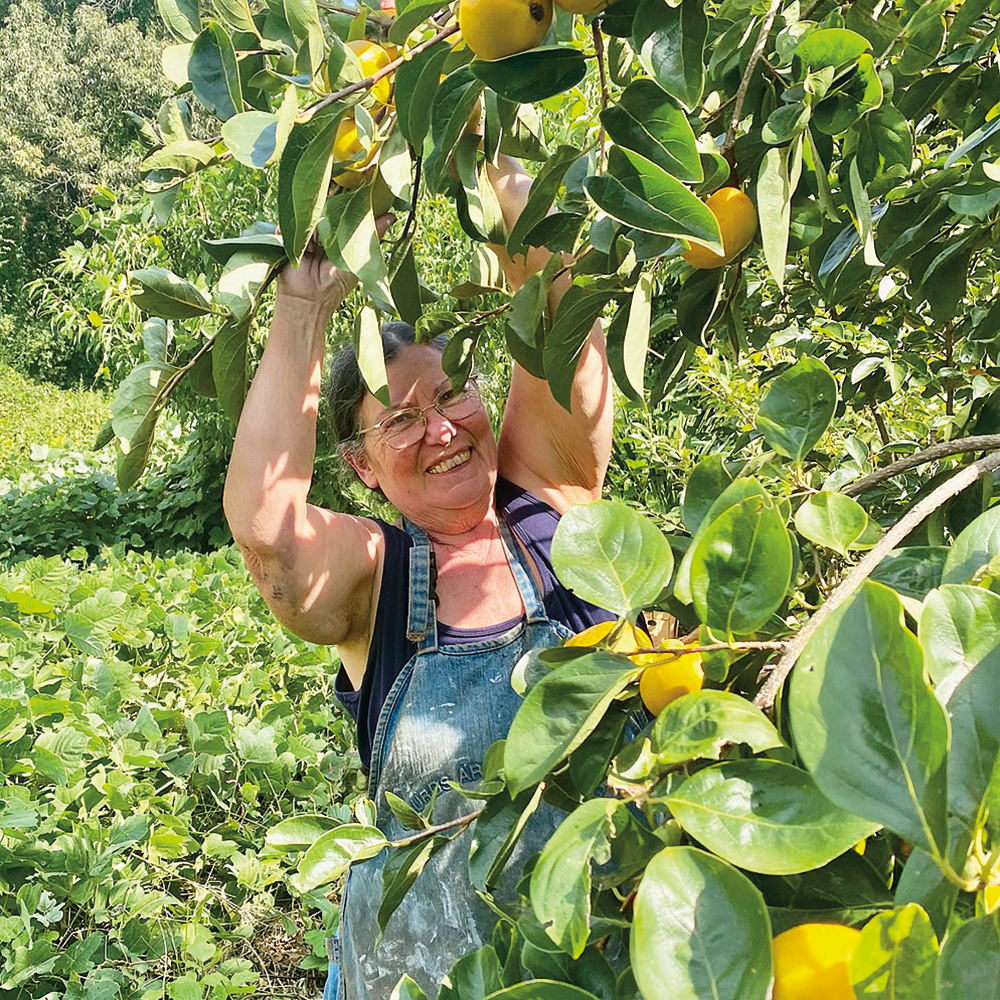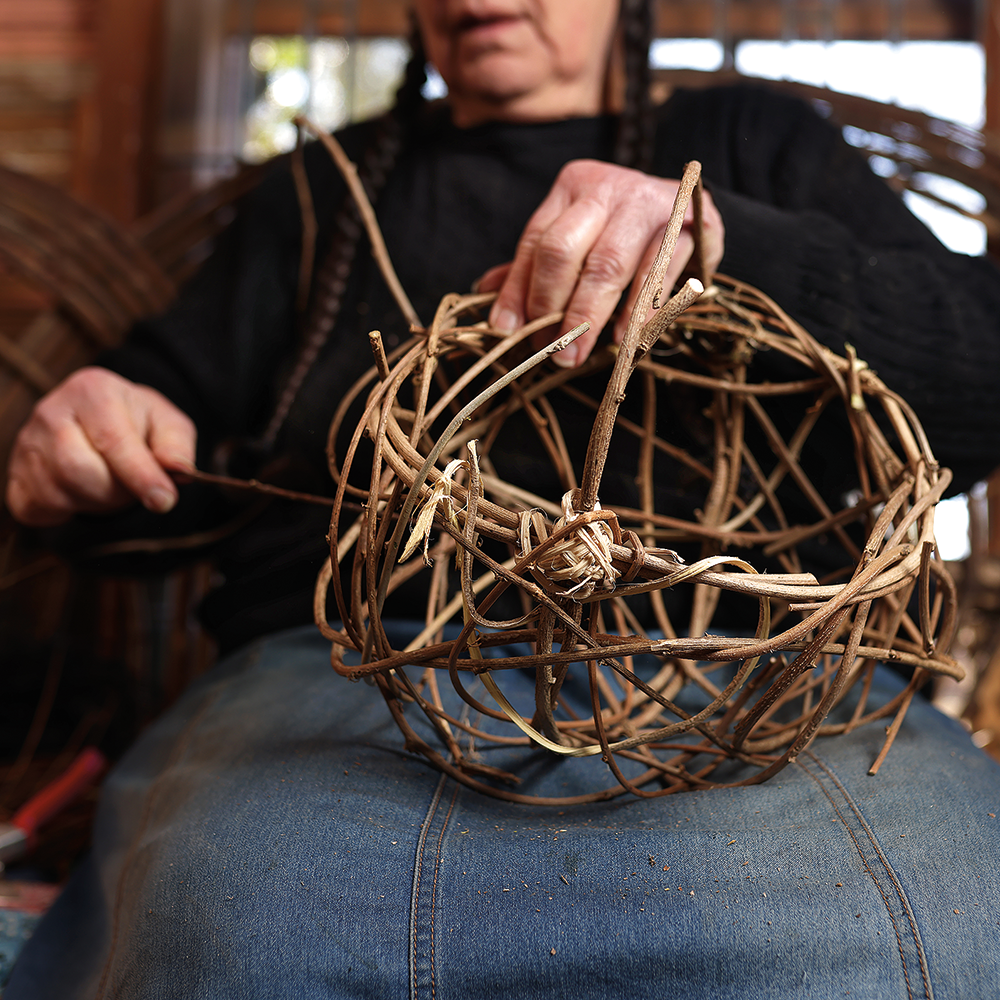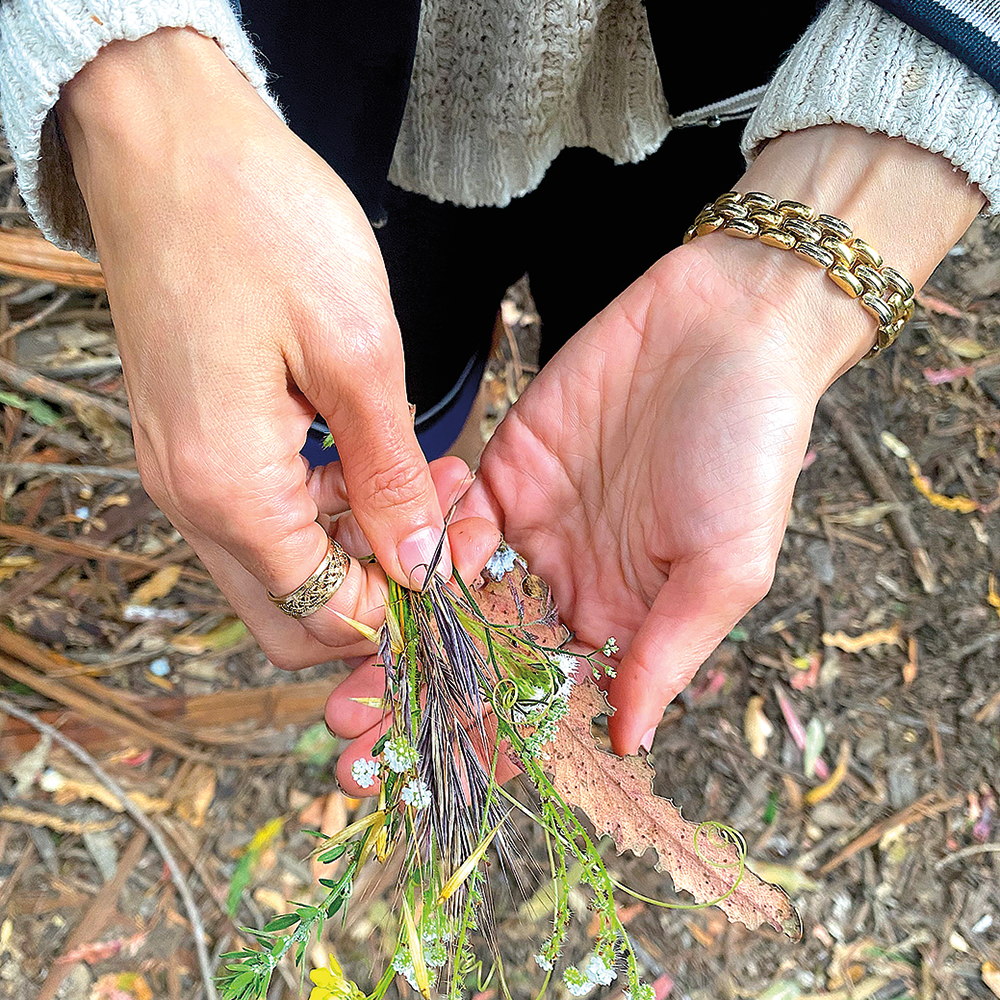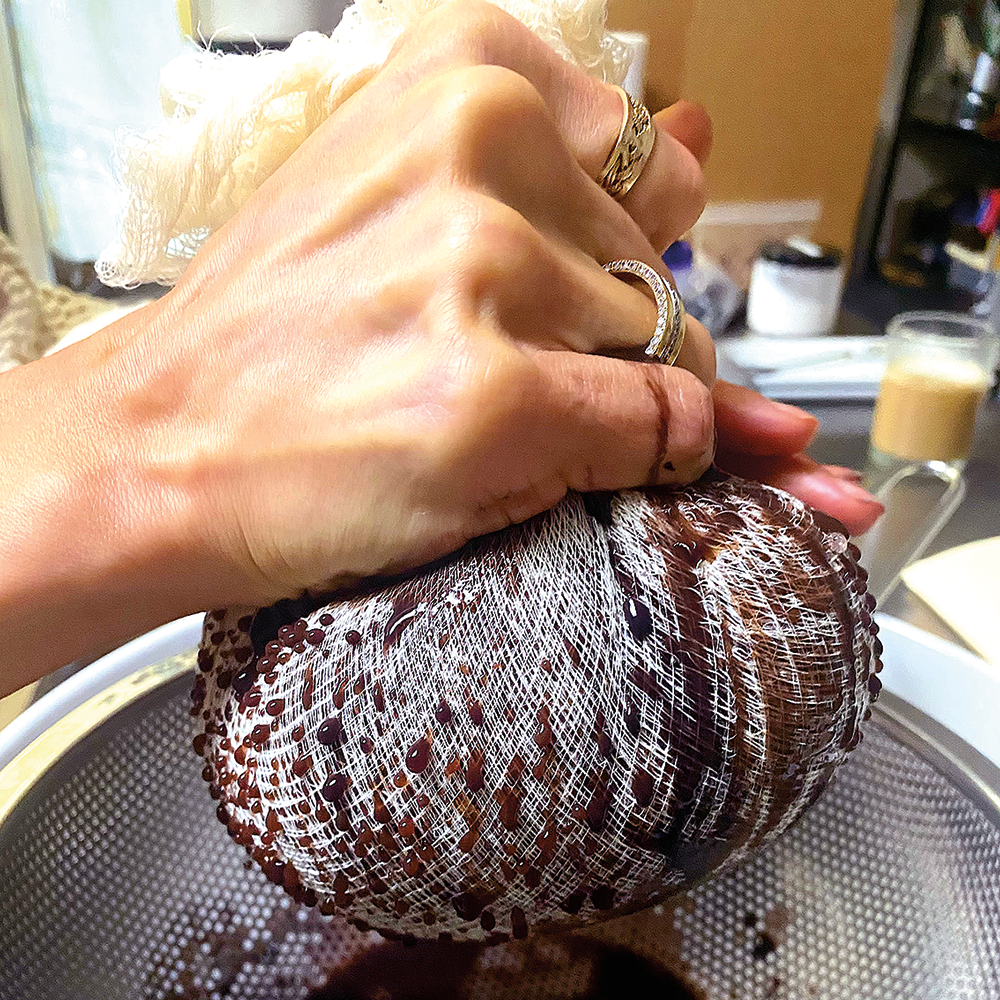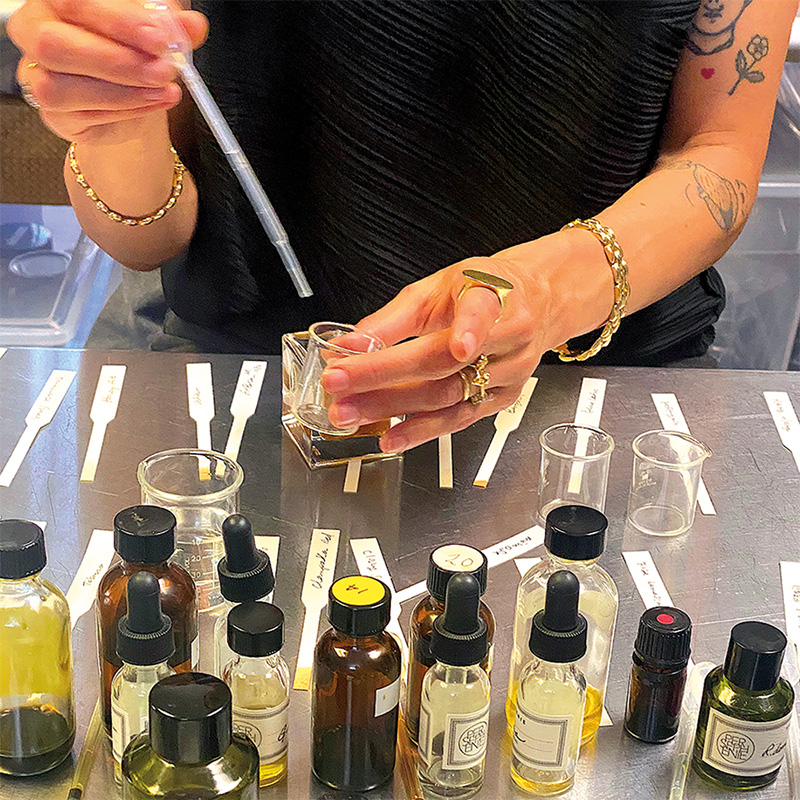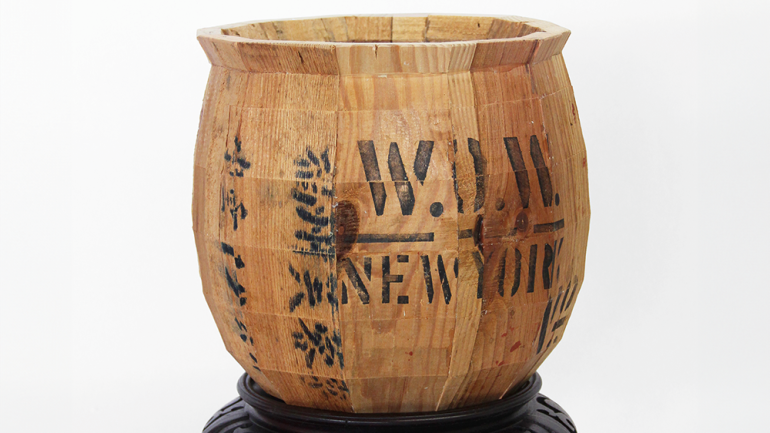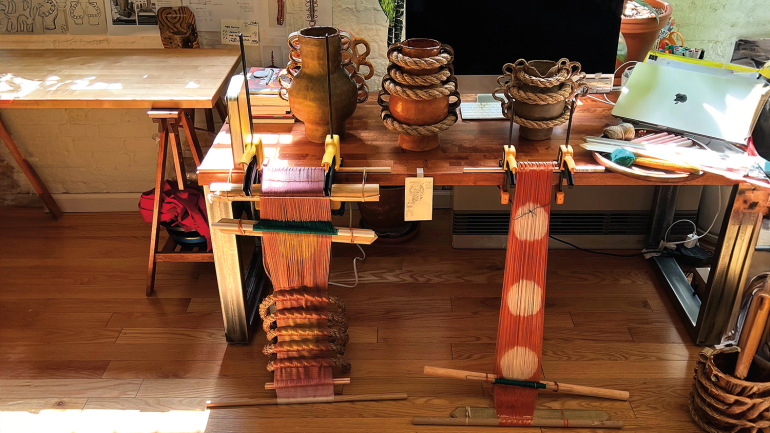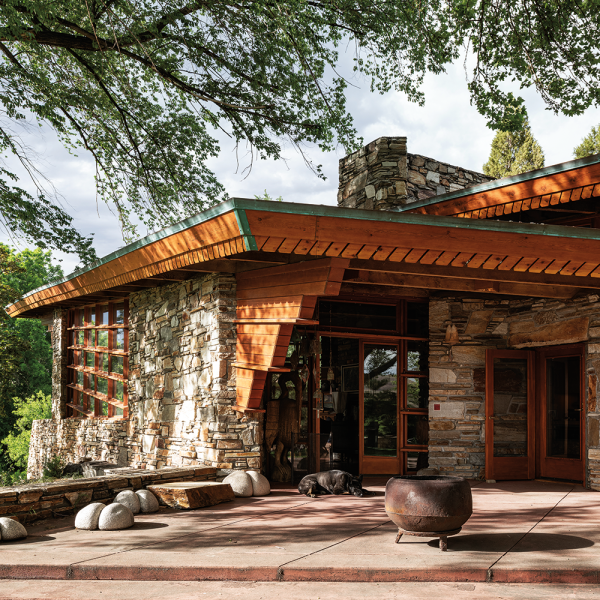On the final day of her vacation to Ubud, Indonesia, designer Geetika Agrawal spent the afternoon in a silversmith’s studio. She had only a few hours, but it was long enough to learn to craft her own silver ring. On her way back to New York, Agrawal wondered how much more she could have learned if she’d spent her entire vacation in that studio.
“I’ve always seen the act of making as a way to discover yourself, but also as a way to discover the world,” she says. “Traveling puts you in a new frame of mind, and if you’re able to spend that time creating, it’s very powerful.”
A few years later, Agrawal founded her own program to connect travelers with master artisans for “mini-apprenticeships”: Vacation With an Artist (VAWAA). Agrawal had discovered her love of apprenticing during her college days in India, where she spent summers working with local artisans in Rajasthan and Tamil Nadu. Later, attending graduate school for design in the US, she embraced the Bauhaus school’s egalitarian principles, which hold that beauty and design are for everyone, not just artists and patrons. These values are the “real seed” of VAWAA, says Agrawal.
“Society is going through a soul crisis,” she notes. “Deep inside our souls we are not feeling alive.” She believes craft making can be an antidote to this soul sickness. “I find making and doing so nourishing, so inspiring. It can be a spiritual practice to focus on just one thing.”
As she built VAWAA, starting in 2015, Agrawal searched for skilled artisans who shared her values of preserving craft and culture, and who enjoyed sharing their knowledge with others. The program now coordinates visits with more than 150 artists. Their practices range from handweaving and stone carving to bookbinding and puppet making. Visits include private instruction, materials, and studio time—and often local sightseeing. Visitors leave with a finished work of craft and, importantly, the knowledge required to make it again.
Here’s what three VAWAA participants made of their opportunities—and how artists benefit beyond an additional income stream.
